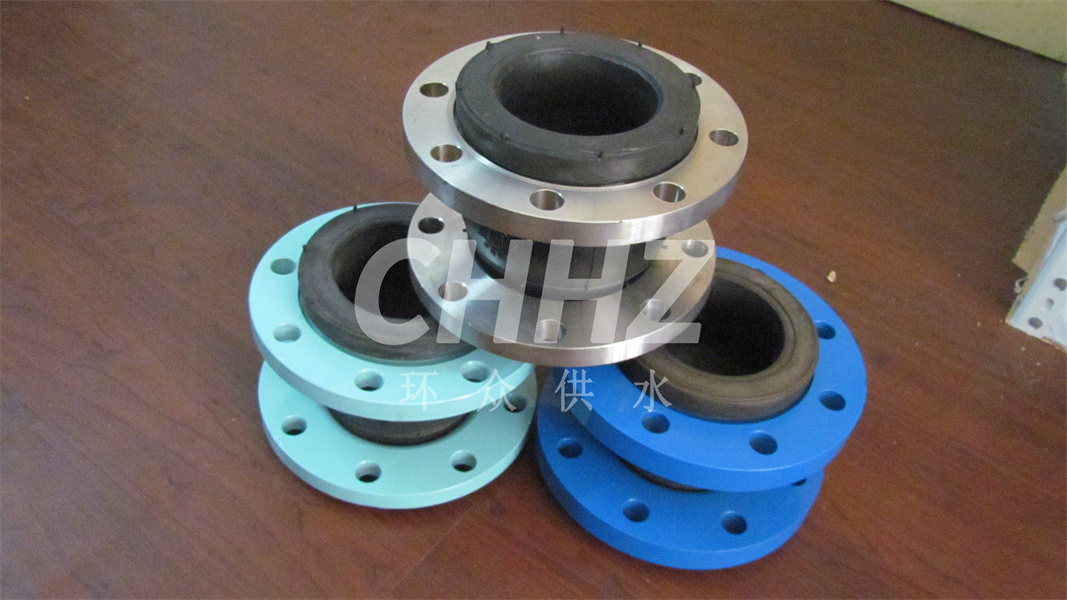How much pressure can rubber expansion joints withstand?
Because of the wide range of rubber expansion joints and the special working environment, they are generally subjected to a lot of pressure. Pressure is also generated by the circulation of substances during work.
The usual working pressure of rubber expansion joints are 1.0MPa, 1.6MPa, which are the two most used. Of course, the working pressure of rubber soft joints includes but is not limited to these two, because it also has 0.25MPa, 0.6MPa, 1.0MPa, 1.6MPa, 2.5MPa, 4.0MPa, 6.4MPa.
In addition to the normal pressure, the rubber expansion joint also has negative pressure, which is mainly found in the pump inlet and fan inlet.
The bursting pressure of rubber soft joints means that rubber soft joints may produce bursting, tearing and damage phenomena under this pressure, so the pipeline pressure is required and must not exceed the bursting pressure. Bursting pressure: MPa <2.5 <1.8 <1.5 <1.0.
According to the working pressure of the pipeline, connection mode, medium and compensation amount, choose the appropriate rubber soft joint model, and its quantity according to the noise reduction displacement requirements. When the pipeline generates instantaneous pressure and is greater than the working pressure, a joint with one gear higher than the working pressure should be selected. (For example, when the instantaneous pressure of the pipeline starts >1.0MPa, the joint working for 1.6MPa should be selected. When the instantaneous pressure is >1.6MPa, a joint of 2.5MPa should be used.) When the pipeline medium is acid and alkali, oil, high temperature and other. When the pipeline medium is acid and alkali, oil, high temperature and other special materials, the joint should be used one grade higher than the working pressure of the pipeline.
